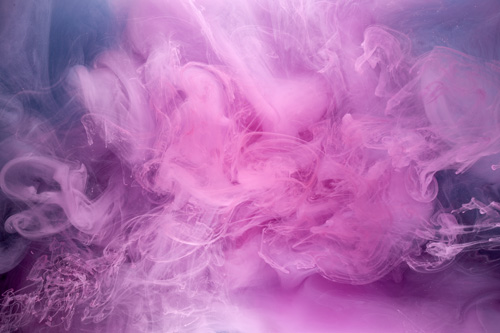Perimenopause is often described as a hormonal rollercoaster—but what if some of those twists and turns aren’t just hormonal, but inflammatory? If you’re experiencing worsening allergies, anxiety, brain fog, hot flashes, or skin sensitivity during perimenopause, you’re not imagining it.
The missing link for many women? Histamine.
Estrogen and histamine are deeply connected. During perimenopause—when estrogen levels become erratic—histamine can surge in unpredictable and disruptive ways, amplifying symptoms and confusing even the most body-aware women.
Meet Histamine: More Than Just Allergies
Histamine is a chemical messenger involved in immune responses, digestion, and the nervous system. While it’s commonly associated with allergies, it also plays roles in:
- Regulating wakefulness and sleep
- Stimulating gastric acid
- Modulating mood and motivation
- Influencing estrogen signaling
Histamine is stored and released by mast cells—immune cells found throughout the body. In some individuals, especially during hormone transitions, mast cells become overactive, releasing histamine inappropriately. This can lead to symptoms like:
- Headaches or migraines
- Anxiety or irritability
- Insomnia
- Hot flashes or flushing
- Itchy skin or hives
- Histamine intolerance to foods (wine, chocolate, aged cheeses)
Now here’s where estrogen steps in.
Estrogen and Histamine: A Vicious Cycle
Estrogen and histamine don’t just coexist—they amplify each other:
- Estrogen increases histamine release
Estrogen stimulates mast cells to release more histamine into circulation. That means estrogen spikes (as seen during the mid-cycle or in perimenopause surges) can lead to a surge of histamine, causing symptoms to spike in tandem. - Histamine increases estrogen levels
Histamine slows the breakdown of estrogen in the liver by inhibiting certain enzymes. This creates a feedback loop where histamine causes estrogen to linger longer, increasing its effects—and prolonging inflammation. - Low progesterone removes the brake
Progesterone naturally calms mast cells and helps regulate histamine. During perimenopause, as progesterone declines faster than estrogen, this protective buffer is lost—further fueling the histamine fire.
This cycle explains why many women develop or worsen symptoms like:
- New-onset food intolerances
- Migraines with their cycle
- Burning or itchy skin rashes
- Worsening PMS, mood swings, and sleep issues
- Fluctuating anxiety that doesn’t respond to usual tools
How to Know If Histamine Is Part of Your Perimenopause Picture
Ask yourself:
- Do you feel worse around ovulation or just before your period?
- Do you react strongly to wine, chocolate, cheese, or leftovers?
- Have you developed adult-onset allergies or sensitivities?
- Do you flush easily, get heat intolerance, or itchy skin?
- Do antihistamines help with non-allergy symptoms like headaches or mood?
If so, histamine might be an important part of your hormonal puzzle.
What You Can Do
1. Lower Your Histamine Load
Shift to a low-histamine diet by avoiding aged, fermented, and processed foods. Cook fresh. Be mindful of leftovers. Track symptoms with a journal.
2. Support Estrogen Detoxification
Support liver function with cruciferous vegetables (broccoli, kale, arugula), B vitamins, and natural compounds (under practitioner guidance). This helps move estrogen out efficiently, reducing histamine feedback.
3. Stabilize Mast Cells
Natural compounds like quercetin, luteolin, and vitamin C help calm mast cell reactivity. These can be especially helpful during ovulation or late luteal phases when histamine spikes are common.
4. Consider DAO Support
DAO (diamine oxidase) is the enzyme that breaks down histamine in the gut. If you experience food-triggered symptoms, DAO supplements may offer pre-meal support.
5. Evaluate Hormonal Balance
Perimenopause isn’t just about declining estrogen—it’s about fluctuating ratios. Restoring progesterone (bioidentically, when appropriate) or smoothing out estrogen peaks through lifestyle and nutrition may significantly reduce histamine symptoms.
6. Practice Nervous System Regulation
Histamine also stimulates the brain and nervous system. Incorporating breathwork, meditation, cold exposure (if tolerated), and somatic therapy can calm both histamine and hormonal reactivity.
The Bottom Line
Perimenopause is not just a hormonal shift—it’s an inflammatory shift for many women. Understanding the relationship between estrogen and histamine can unlock relief for women who’ve been dismissed or misdiagnosed.
You’re not just “getting older.” You’re getting inflammation—and once you see the pattern, you can finally break the cycle.






